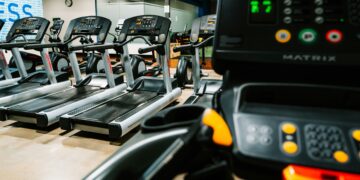Introduction:
How To Fix Poor Posture And Back Pain At Home ? Have you ever finished a day at your desk feeling sore, sluggish, or unusually tired? You might blame stress, work hours, or even bad sleep. But what if the real culprit is your posture? A Poor Posture ?
Posture isn’t just about standing up straight to look confident; it’s a major player in your overall health. Poor posture can lead to a cascade of physical issues that sneak up over time—from chronic back pain to poor circulation and even reduced lung capacity.
In this guide, you’ll discover 7 key signs How To Fix Poor Posture And Back Pain At Home, And how is damaging your health, along with actionable fixes you can start implementing right now.
1. Chronic Back and Neck Pain – Poor Posture
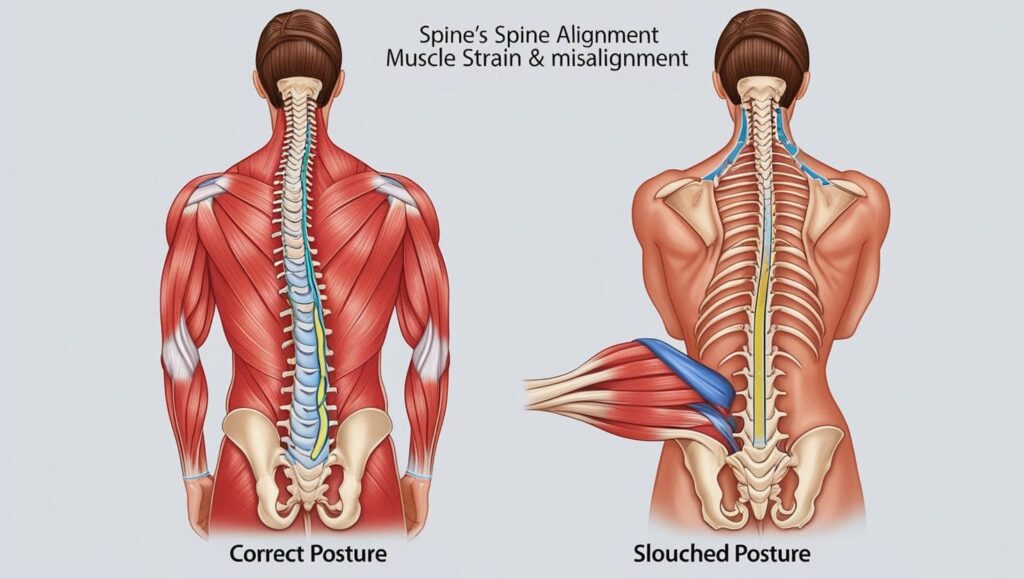
If you’re dealing with persistent back pain or neck pain, especially after long periods of sitting or standing, your posture may be to blame. Slouching shifts your spine out of alignment, putting strain on the muscles and ligaments meant to support it. There’s a strong connection between poor posture and back pain, and if left unaddressed, it can develop into long-term health problems.
Fix It:
Use a lumbar support pillow
Set your chair height so that your feet sit flat on the ground, creating a 90-degree angle at your knees.
Take micro-breaks every 30 minutes to stretch or walk
2. Frequent Headaches – Poor Posture
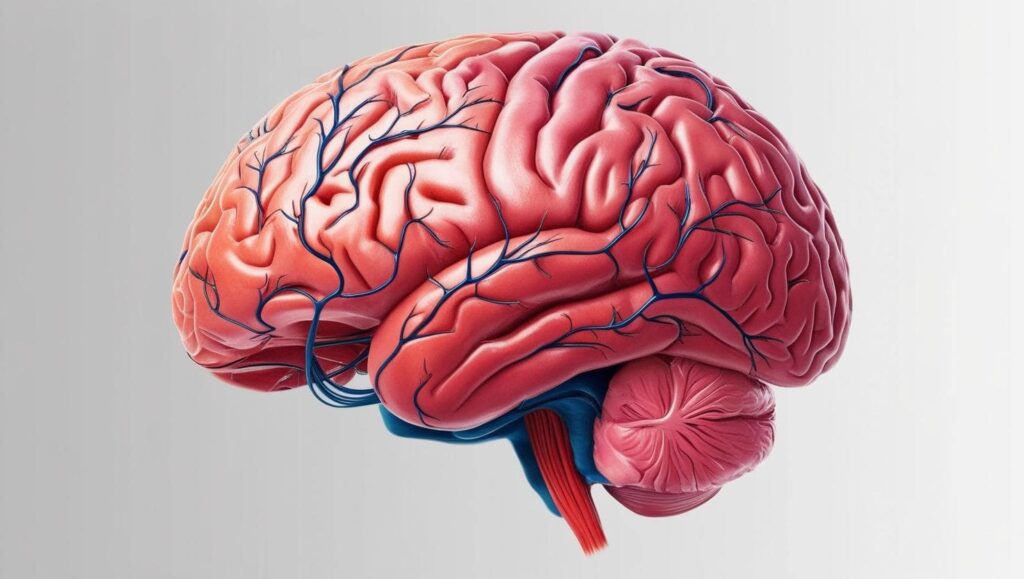
Tension in your upper body caused by poor posture and headaches go hand-in-hand. Bad posture tightens muscles in your neck and shoulders, restricting blood flow to the brain and causing tension headaches. These are especially common among people who hunch over screens for long hours.
Fix It:
Practice chin tucks to align your neck
Ensure your computer screen is at eye level
Consider blue light glasses if you work long hours on digital devices
3. Shallow Breathing or Shortness of Breath – Poor Posture
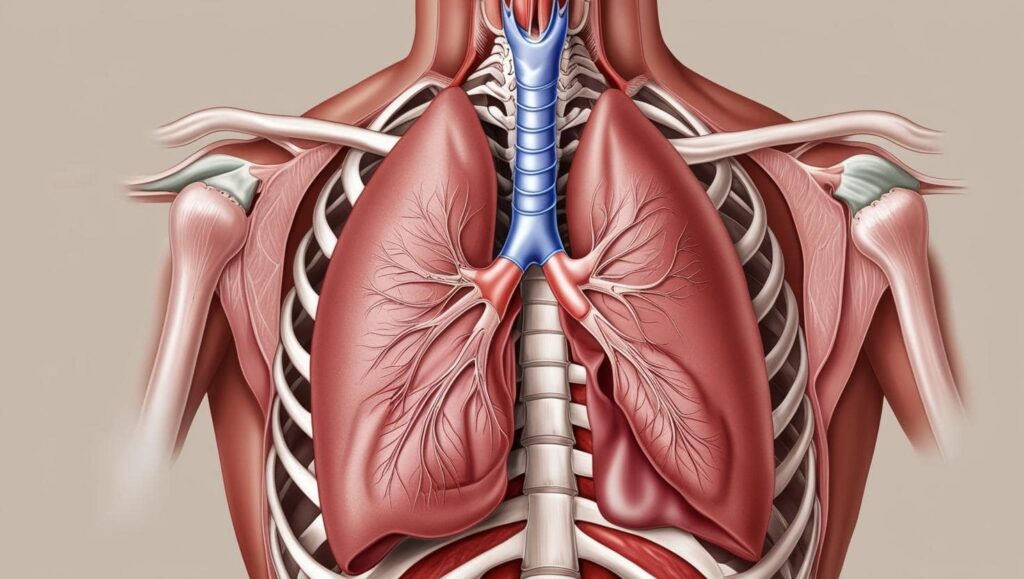
Have you noticed shallow breaths when you’re sitting or slouching? Posture and breathing are more connected than most people realize. Slouching puts pressure on your diaphragm and lungs, limiting oxygen flow and making you feel more tired.
Fix It:
Perform diaphragmatic breathing exercises daily
Sit up straight with shoulders relaxed
Do chest-opening stretches like the doorway stretch
4. Poor Digestion

Bad sitting posture after eating can cause compression of your abdominal organs, interfering with digestion. This may result in symptoms like bloating, acid reflux, or constipation. There is a direct connection between posture and digestion, especially if you tend to slouch after meals.
Fix It:
Sit upright while eating and for at least 20 minutes after meals
Avoid reclining or slouching post-meal
Build core strength through exercises such as planks and glute bridges
5. Fatigue and Low Energy

If you find yourself dragging through the day with low motivation, your body may be overworking to hold up poor posture. Bad posture fatigue is real. When your muscles are forced to work harder to correct poor alignment, it drains your energy more quickly. This highlights the important link between posture and energy levels.
Fix It:
Stand and stretch hourly, especially if you’re sedentary
Improve your workstation ergonomics
Incorporate posture-boosting habits, such as holding standing meetings or taking calls while walking.
6. Reduced Flexibility and Mobility

Over time, poor posture leads to tightness in the hips, shoulders, and hamstrings, decreasing your range of motion. Posture and flexibility are interconnected. Poor alignment limits your movement and increases the risk of injury. Working on posture mobility exercises can restore lost flexibility.
Fix It:
Add dynamic stretches to your morning routine
Incorporate yoga or Pilates at least twice a week
Utilize foam rollers to help alleviate tension in stiff muscles.
7. Mood Changes and Poor Focus
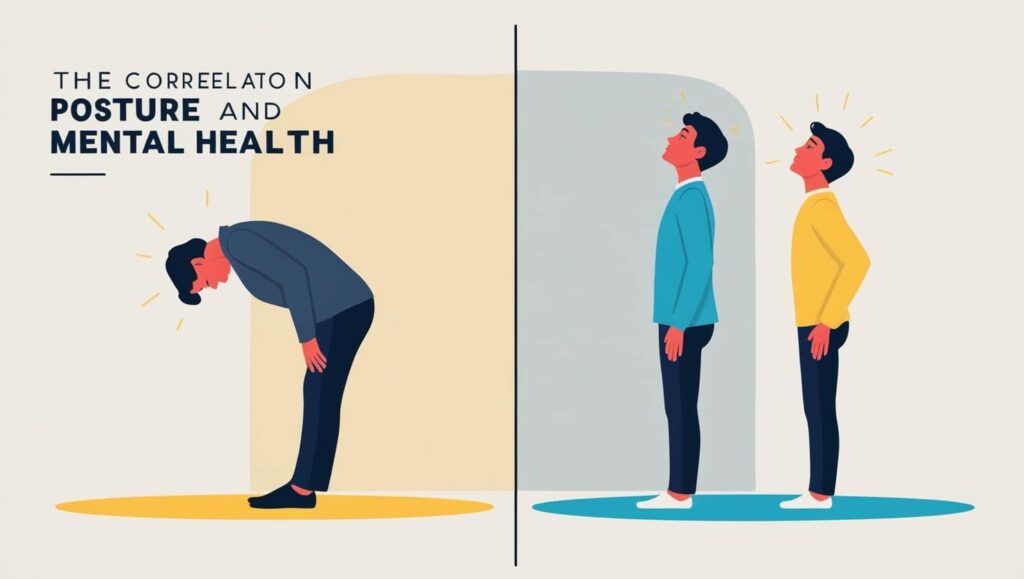
You may not realize it, but your posture also influences your brain. There is growing research linking posture and mental health. Slouched posture has been associated with increased feelings of depression and stress, while upright posture supports better self-esteem and cognitive function. Poor posture can also disrupt your ability to concentrate, linking it directly to posture and concentration.
Fix It:
Do a posture check every hour: Are you slouching?
Use reminders or apps to prompt proper sitting habits
Practice power poses before stressful tasks
Bonus: How to Do a Quick Posture Check Right Now
Position yourself with your heels, hips, shoulders, and head pressed against a wall. If there’s excessive space between your lower back and the wall, you may have an anterior pelvic tilt. If your head juts forward, you’re likely dealing with tech neck.
Correcting these habits requires awareness and small daily adjustments. Over time, your muscles will adapt to healthier positions.
Final Thoughts: Fix Your Posture, Fix Your Life
Your posture is more than how you stand or sit—it reflects and affects your overall health. From physical aches to mental fatigue, poor alignment silently chips away at your well-being.
But the good news? It’s completely fixable. By recognizing the signs early and committing to small, consistent changes, you can reverse the damage and feel better in your body every day.
1. Can poor posture really cause health problems?
Consistently poor posture can cause musculoskeletal pain, hinder lung capacity, affect digestion, and even contribute to mood imbalances.
2. How can I tell if my posture is bad?
Look for signs like slouched shoulders, frequent back/neck pain, or your head jutting forward. Perform a wall posture test to assess your alignment.
3. How long does it take to fix bad posture?
It depends on the severity and consistency of correction. With daily effort, noticeable improvements can occur within a few weeks.
4. What exercises improve posture fast?
Core-strengthening moves (planks, bridges), posture stretches (cat-cow, cobra), and mobility drills like shoulder rolls help restore proper alignment.
5. Is it too late to fix my posture?
It’s never too late. While severe structural issues may need professional help, most people can improve their posture with dedicated practice.













